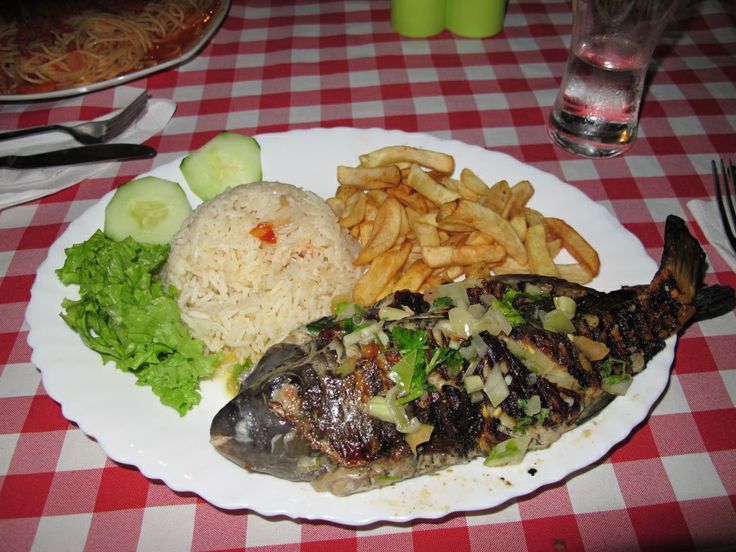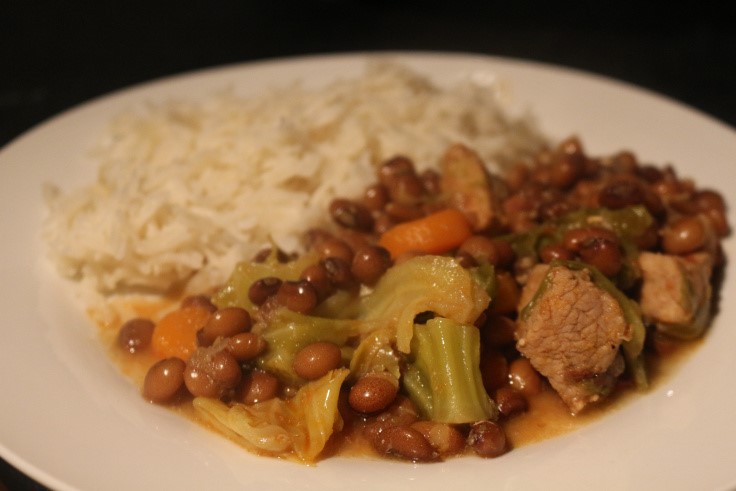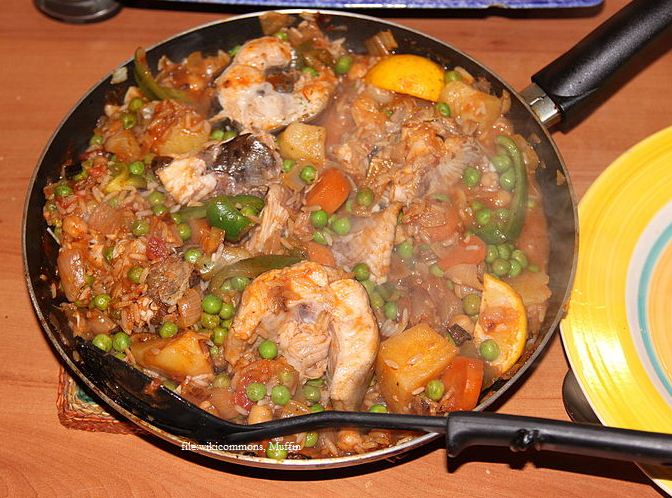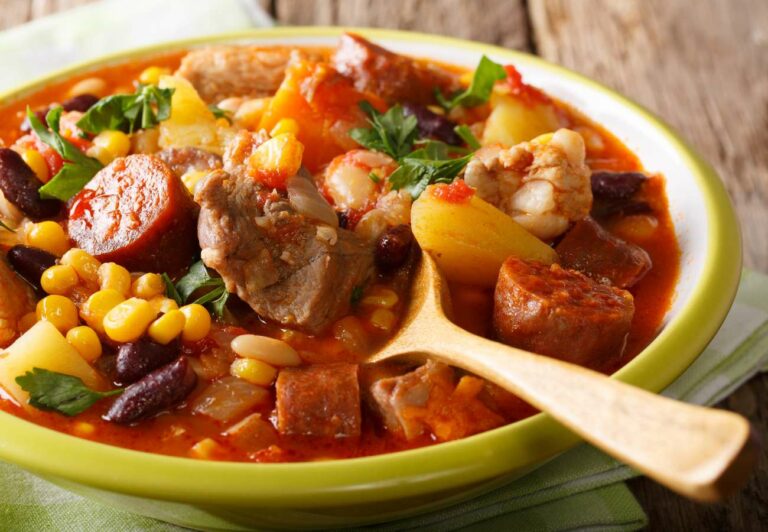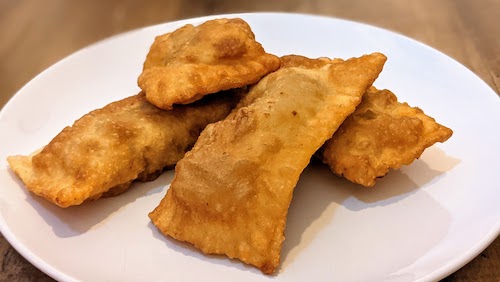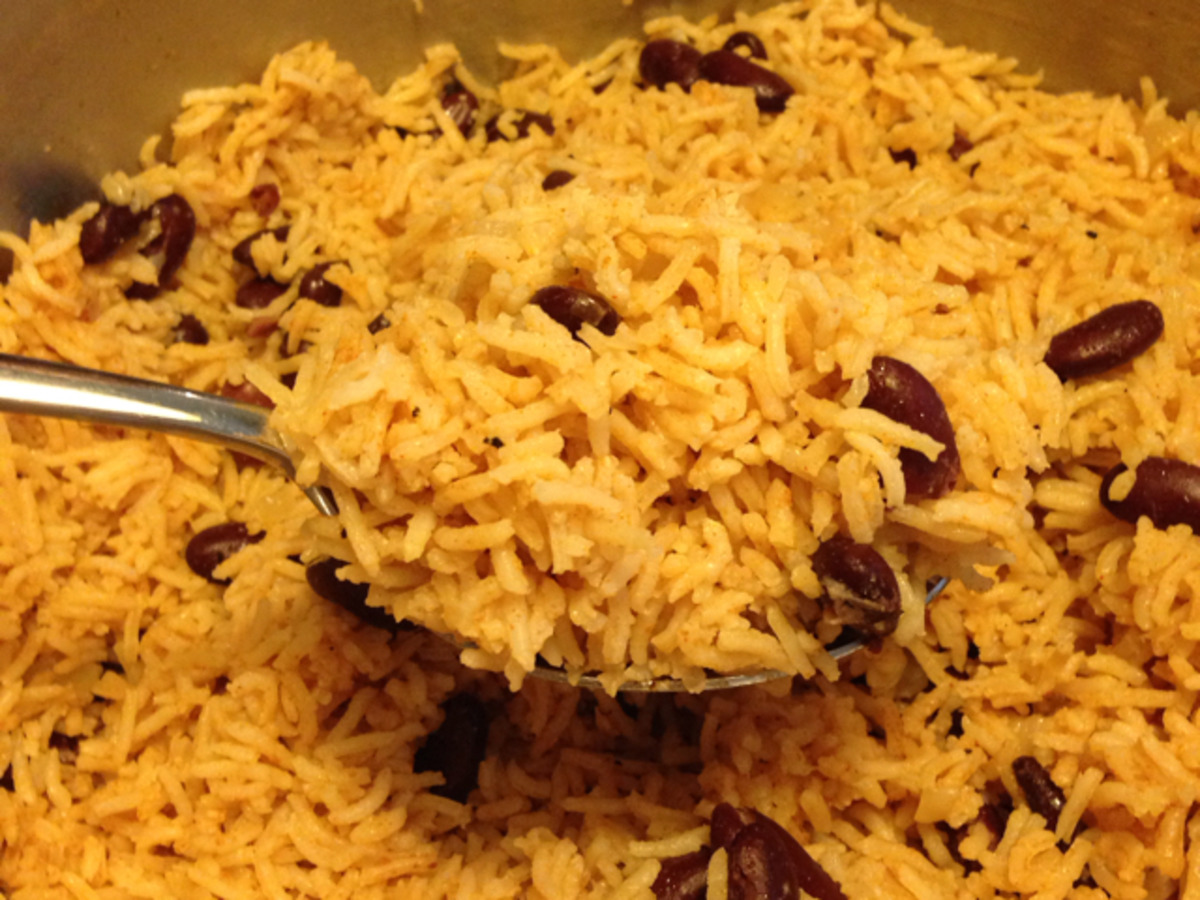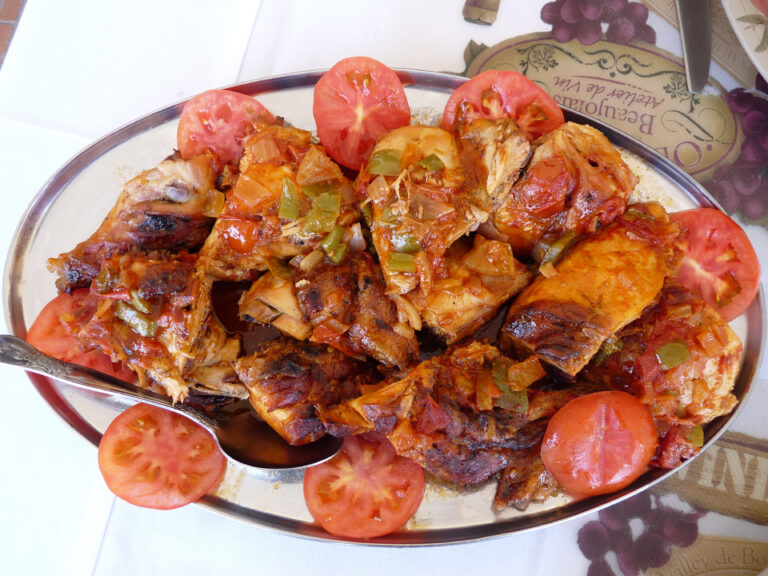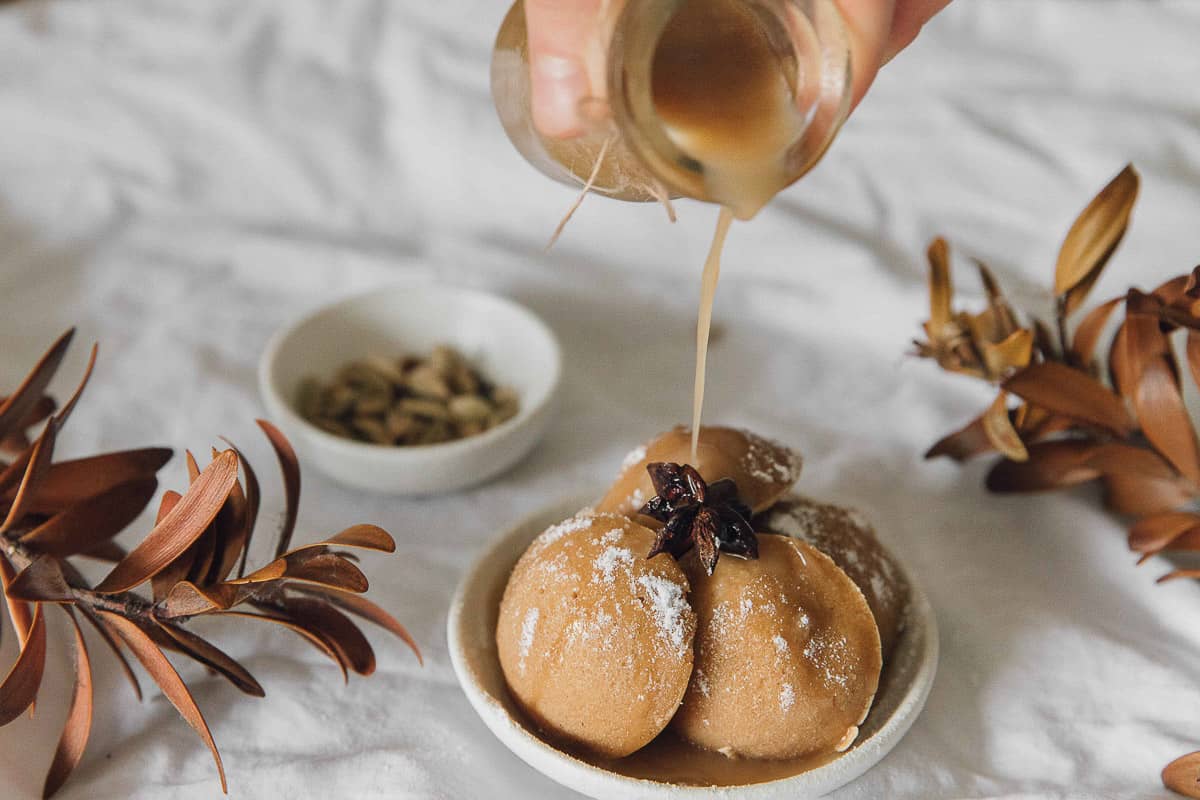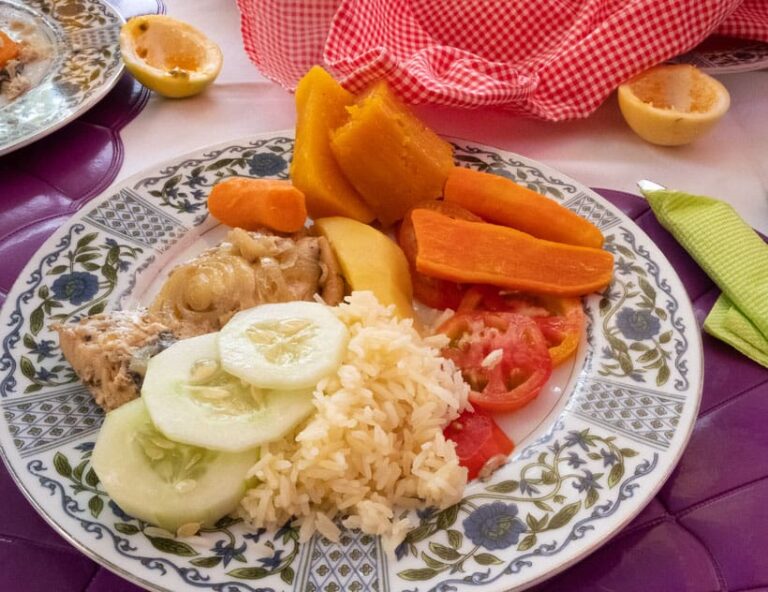Introduction: Cabo Verdean Cuisine
Cabo Verde is a group of ten islands located off the coast of West Africa with a unique blend of African, Portuguese, and Brazilian cultural influences. Cabo Verdean cuisine is known for its fresh seafood, flavorful stews, and hearty grains. The cuisine is also heavily influenced by the country’s limited access to ingredients, leading to creative and resourceful cooking methods.
Cachupa: The National Dish
Cachupa is the national dish of Cabo Verde, and it consists of slow-cooked corn, beans, and vegetables with various meats such as pork, chicken, and sausage. The dish is often served with a side of rice and a hot pepper sauce called piri-piri. Cachupa is traditionally eaten on Independence Day and other special occasions but has become a staple in Cabo Verdean households.
Grogue: A Popular Beverage
Grogue is a popular alcoholic beverage in Cabo Verde made from sugarcane. It is similar to rum and often served with fruit juices or on its own. Grogue is also used in cooking and is a key ingredient in the national dish, cachupa. However, it is important to note that grogue has a high alcohol content and should be consumed in moderation.
Pastéis: Savory or Sweet Pastry Pockets
Pastéis are savory or sweet pastry pockets filled with meat, cheese, vegetables, or a sweet custard. They are commonly found in Cabo Verdean bakeries and are a popular snack or appetizer. Pastéis are available in a variety of flavors, including shrimp, tuna, chicken, and beef.
Queijadas: Coconut Custard Tarts
Queijadas are small coconut custard tarts that are popular in Cabo Verde. They are made with grated coconut, eggs, condensed milk, and butter and are baked until they are golden brown. Queijadas are often served during celebrations and are a sweet treat that is loved by many.
Estupas: Fried Sweet Potato Fritters
Estupas are fried sweet potato fritters that are a popular snack in Cabo Verde. They are made with mashed sweet potatoes, sugar, flour, and spices and are deep-fried until crispy. Estupas are often served with a sprinkle of powdered sugar and are a sweet and satisfying snack.
Bolo de Fubá: Cornmeal Cake
Bolo de Fubá is a classic Cabo Verdean dessert made with cornmeal, sugar, eggs, and coconut milk. The mixture is then baked until it is golden brown and has a slightly crispy texture on the outside. Bolo de Fubá is often served at family gatherings and is a delicious and simple dessert.
Linguiça: Spicy Pork Sausage
Linguiça is a spicy pork sausage that is popular in Cabo Verdean cuisine. It is made with pork, garlic, and paprika and is served grilled or fried. Linguiça is often used in stews or as a topping for pizzas and is a flavorful addition to any dish.

